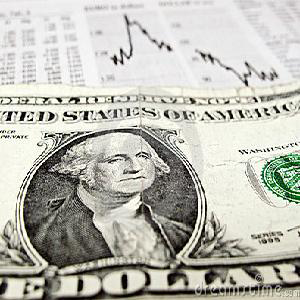
04/26/2013
The gap between the wealthiest Americans and the vast majority of U.S. citizens is larger than most people think, according to Craig Little, a Distinguished Service Professor and professor of sociology at SUNY Cortland.
“It is much, much greater than what people believe,” he stated.
Little will address the extent of American social and economic disparity in a Community Roundtable presentation titled “Inequality in America: Where in the World Are We?” Thursday, May 2.
The event, sponsored by the President’s Office, takes place from 8 to 9 a.m. in the Park Center Hall of Fame Room. The roundtable is free and open to the public. Refreshments will precede the lecture at 7:45 a.m.
In his presentation, Little will share evidence of disturbing economic trends. His talk will raise awareness about the implications of the growing inequality in the U.S. and throughout the world. He will contribute his own knowledge of the true distribution of wealth, including its relation to the current economic crisis in the United States.
“Not that I have the actual truth, because no one really does,” Little commented. “But I am a sociologist and I have a perspective on the world and this issue, which is what I wish to bring to the discussion.”
 |
| Craig Little |
From the country’s founding until the 1970s, the wealth-distribution profile of the U.S. was similar to most industrialized democracies, Little noted. However, this wealth gap between the few at the top and the mass of average Americans has widened dramatically with American inequality beginning to resemble that of the world’s most economically and politically dysfunctional societies.
Today, the wealth gap between the top one percent and the mass of the average Americans has dramatically widened much more than most people are aware of, Little said.
“Many people may think that there is a lot of inequality in America,” he said. “But I think after the discussion, they will come away saying, ‘I didn’t think it was as great as it is.’”
According to the Federal Reserve Bank of Minneapolis, the bottom 40 percent of U.S. households have about one percent of all of the wealth, while the top one percent of all households have nearly 30 percent.
However, Little believes that there’s increasing concern that appears to be reflected in the recent Occupy Wall Street movement.
“More and more people are realizing, ‘We are the 99 percent, and the top one percent is soaking up the disproportionate amount of wealth and income,’” he remarked.
“I think that realization became the mantra of Occupy Wall Street.”
Not only does the public have an economic concern regarding the increasing gap in wealth inequality, but they increasingly express distress within other, related topics such as health, education, social well-being and politics.
“About six years ago, I was on sabbatical leave, and my proposal was to reorient my curriculum around the growing inequality, which I believe is at the root of many sociological and criminal problems,” Little said.
“So, part of what I will be talking about is incorporated in many of my classes.”
Since Little’s leave, certain courses he has taught have explored the theme of inequality. This semester, that course is White Collar Crime.
For more information contact Karen Seibert, special events assistant for the President’s Office, at 607-753-2377.